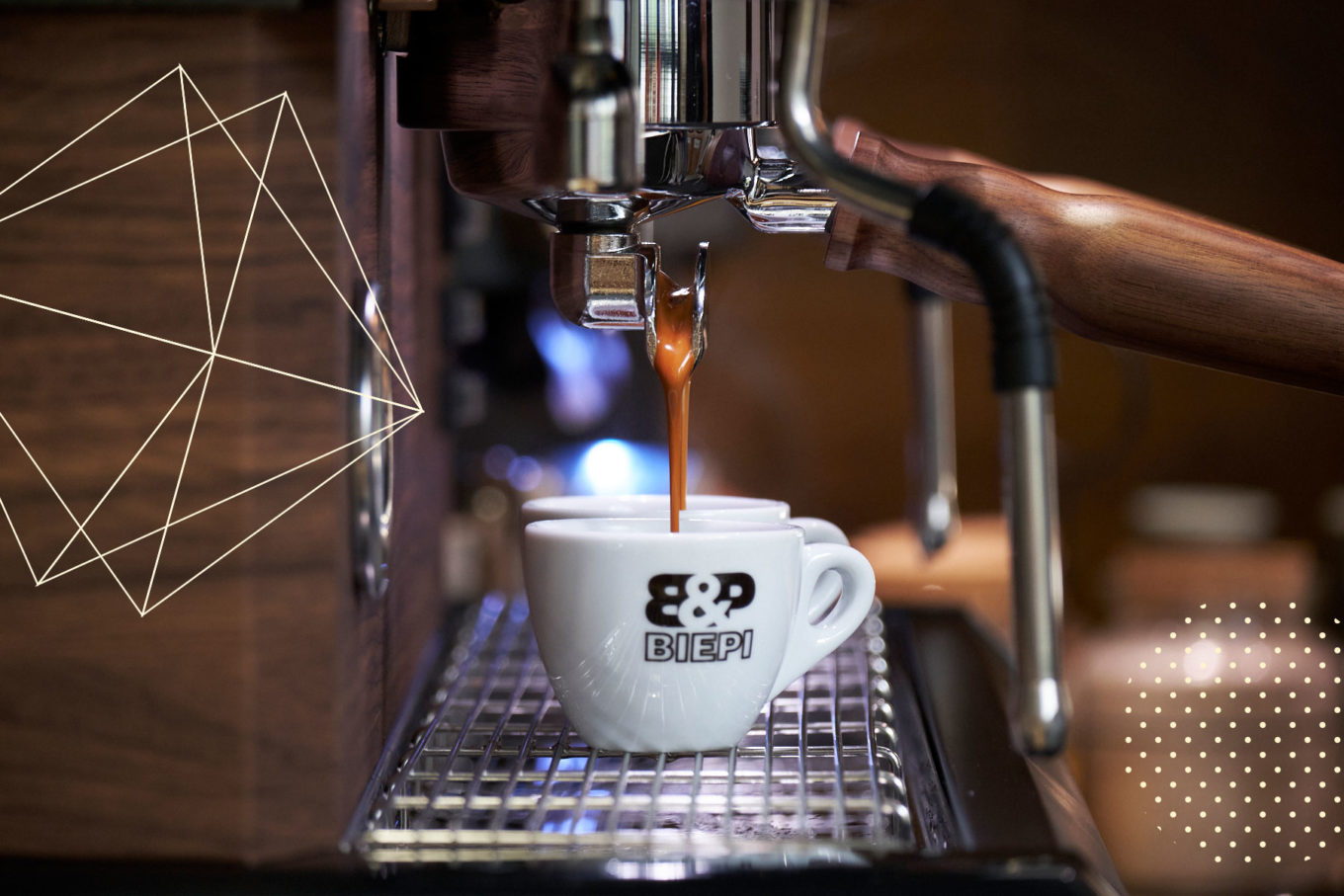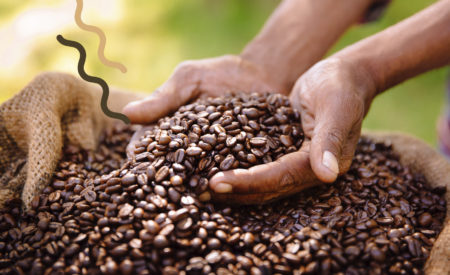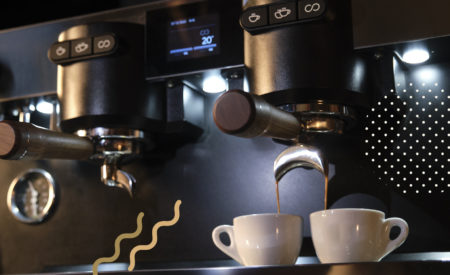If on a trip to Italy you ask for ‘a coffee’ at a bar counter, you are sure to be served espresso. For us, this is the most common way of preparing it, but we know that there are many other coffee extraction methods linked to the traditions and culture of the countries where they originated. Let us see together which ones are the most common.
Steeping
The steeping method is probably the oldest and most intuitive: ground coffee is left to steep in hot water for a few minutes. The longer the coffee powder remains immersed in water, the more intense the flavor and the higher the amount of caffeine extracted.
This method is the basis for the preparation of the famous Turkish coffee: this type of beverage is made with the cezve, a traditional copper and brass pot with a long handle, where spices such as cardamom and cinnamon are often added.
The French press is based on the same principle, where a plunger equipped with a filter is pushed down to separate the ground coffee from the liquid.

Dripping
The dripping method involves gently running hot water through the ground coffee held by a filter (formerly cloth, now paper). The water, heated between about 90 and 95°, is to be poured slowly over the ground coffee and allowed to percolate. On its downward path, it extracts the aromatic compounds contained in the coffee and is collected in a pitcher or directly into the cup.
The V60 Hario has become famous because it is designed specifically to enhance this technique. The cone that houses the filter is V-shaped with a 60-degree angle, designed to optimize water extraction and drop-off times. It also features spiral ribs that allow air to escape during preparation.
Dripping is also the basis of the traditional Neapolitan flip coffee pot, also called cuccumella, consisting of two vessels attached together, one for water and one for the filter with ground coffee. When the water is hot, the coffee maker is turned upside down and allowed to flow through the filter, collecting the coffee in the vessel with the spout that then allows it to be poured into the cup.
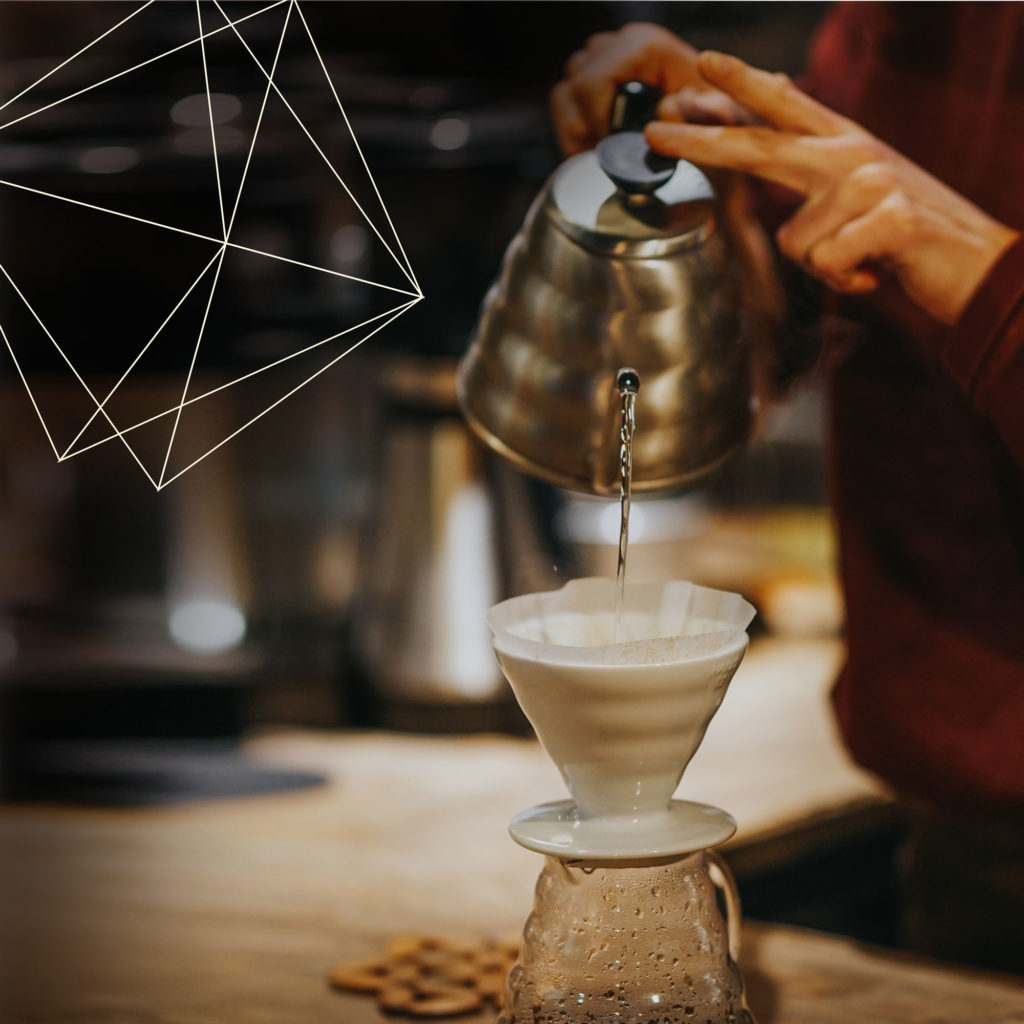
Pressure
The pressure methods are the most popular and well-known in Italy and deliver a drink with a strong and decisive taste. With this technique, the water passes through the ground coffee not because of the gravitational force, but because it’s pushed out by the pressure of air and steam.
All Italians have at home a Moka pot which employs this principle. Patented in 1933 by Bialetti, this coffee maker takes advantage of the air pressure as it heats up, increases in volume, and causes the water to rise through the filter, up to the top pot.
The espresso machines in cafés and restaurants extract coffee at very high pressures, resulting in a concentrated, intense coffee with the unmistakable hazelnut-colored top layer of cream.
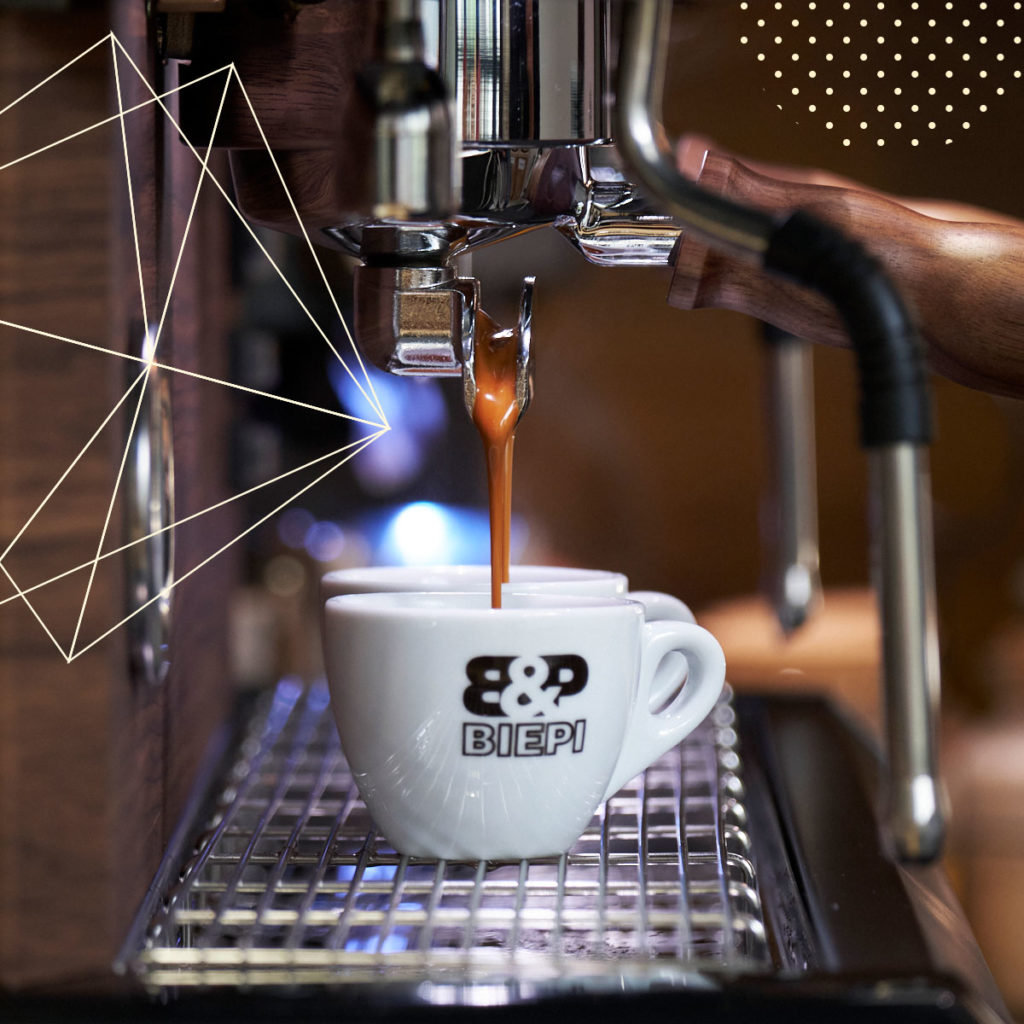
Whichever style you prefer, there is one rule you should never forget to ensure good coffee: choose a high-quality, freshly roasted product, preferably one that is freshly ground.


